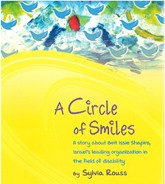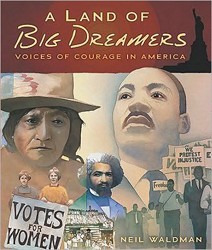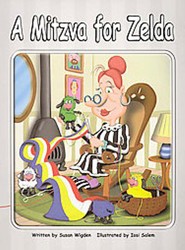By
– September 1, 2011
The first paragraphs place the reader in Poland, 1937, witnessing David entering an orphanage because his grandparents can no longer afford to feed him. Miriam, his sister, is old enough to work for a butcher and so she is to stay at home and help support their aging grandparents. The deaths of Miriam and David’s parents from disease and poverty have made the children victims of the Great Depression that has affected the whole world.
Our heroine, Miriam, has other plans. She uses her checker game playing skills to create a plan to help her brother escape. The story deepens when she discovers that the orphanage is making the children work in sweat factories. Miriam befriends another orphan boy, who aids in David’s homecoming, and together they reveal the criminal activity of the orphanage. The three youngsters alter the course of their lives with their sheer determination. This pre-WWII story provides a view into the tenacity, ingenuity and strength of young Jews prior to the Holocaust, giving students and teachers a historical platform from which to study the unfolding of 20th century history of Europe. The afterword explains that the novel is based on a family story told to the author by her father.. This engaging and easy to read chapter book fills a need for Jewish historical fiction for early readers. For ages 8 – 10.
Our heroine, Miriam, has other plans. She uses her checker game playing skills to create a plan to help her brother escape. The story deepens when she discovers that the orphanage is making the children work in sweat factories. Miriam befriends another orphan boy, who aids in David’s homecoming, and together they reveal the criminal activity of the orphanage. The three youngsters alter the course of their lives with their sheer determination. This pre-WWII story provides a view into the tenacity, ingenuity and strength of young Jews prior to the Holocaust, giving students and teachers a historical platform from which to study the unfolding of 20th century history of Europe. The afterword explains that the novel is based on a family story told to the author by her father.. This engaging and easy to read chapter book fills a need for Jewish historical fiction for early readers. For ages 8 – 10.
Christine Maasdam holds a Masters in Humanities, certifications in Museum Studies and Cultural Property Protection. She is currently completing her M.L.I.S. Her interests are philosophy and the impact of art and technology on culture.




